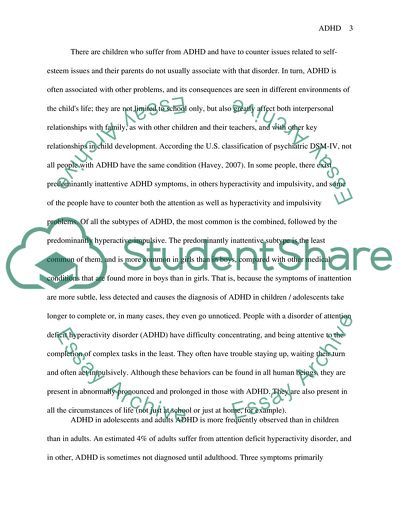Cite this document
(Attention Deficit Hyperactivity Disorder Research Paper, n.d.)
Attention Deficit Hyperactivity Disorder Research Paper. Retrieved from https://studentshare.org/health-sciences-medicine/1785053-research-paper-on-adhd
Attention Deficit Hyperactivity Disorder Research Paper. Retrieved from https://studentshare.org/health-sciences-medicine/1785053-research-paper-on-adhd
(Attention Deficit Hyperactivity Disorder Research Paper)
Attention Deficit Hyperactivity Disorder Research Paper. https://studentshare.org/health-sciences-medicine/1785053-research-paper-on-adhd.
Attention Deficit Hyperactivity Disorder Research Paper. https://studentshare.org/health-sciences-medicine/1785053-research-paper-on-adhd.
“Attention Deficit Hyperactivity Disorder Research Paper”, n.d. https://studentshare.org/health-sciences-medicine/1785053-research-paper-on-adhd.


